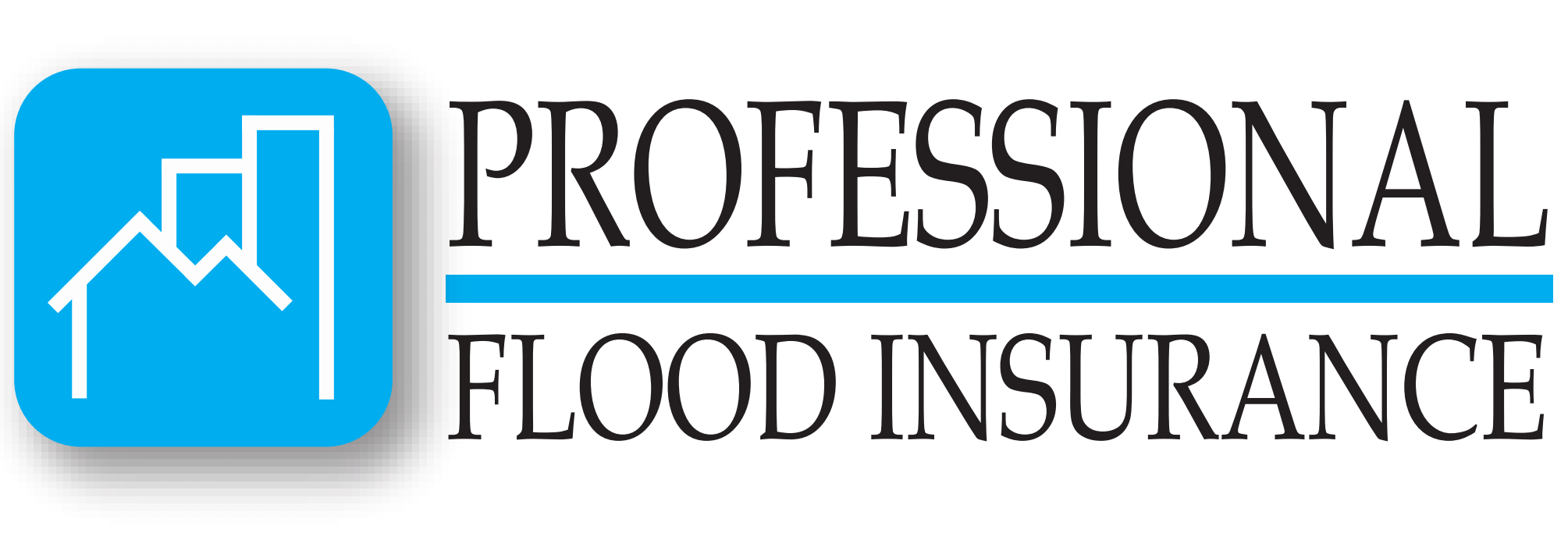Estimated Reading Time: 1 minute ⏱️
Recent developments in the flood insurance sector have caused quite a stir among homeowners and industry experts alike. A significant shift in FEMA’s National Flood Insurance Program (NFIP) risk rating system is altering the landscape of flood insurance premiums, and it’s important for homeowners to understand what these changes mean for them1 2.
Previously, FEMA’s risk assessments were based on outdated flood maps, but the new Risk Rating 2.0 system is taking a more comprehensive look at several factors. This includes things like rainfall, proximity to the ocean, and the potential costs of rebuilding after a flood event3 4.
However, with this improved accuracy comes a consequence – increased rates. In some regions, homeowners have seen their flood insurance premiums increase by an average of more than 600%. For many policyholders, this increase ranges from 4% to 18%, representing the maximum increase permitted under FEMA’s guidelines5 6.
The ripple effect of these changes is already impacting the real estate market. Some homeowners, particularly those in high-risk areas, are struggling to keep up with these higher premiums. This could potentially impact their ability to maintain their homes or move to areas with lower risk7.

Interestingly, this new risk rating system may also affect areas previously not considered to be at high risk of flooding. For example, desert communities that experience rain after severe wildfires, and certain inland states like West Virginia, South Dakota, and Missouri may now need to consider flood insurance more seriously8.
The story of Clarence Laster, a homeowner in a high-risk flood area, is a stark reminder of why flood insurance is important. His home withstood two catastrophic hurricanes, incurring about $200,000 in damages from flooding. Paying an annual premium of $1,500 for flood insurance, Mr. Laster underscores the importance of flood insurance, particularly when seeking aid from government9 10.
Lastly, it’s worth noting the financial struggles of FEMA’s NFIP. More than $20 billion in debt due to payouts from disasters like Hurricane Katrina and years of under priced premiums, FEMA has had to pass these costs along to policyholders. This is partly why we’re seeing these rate increases11.

